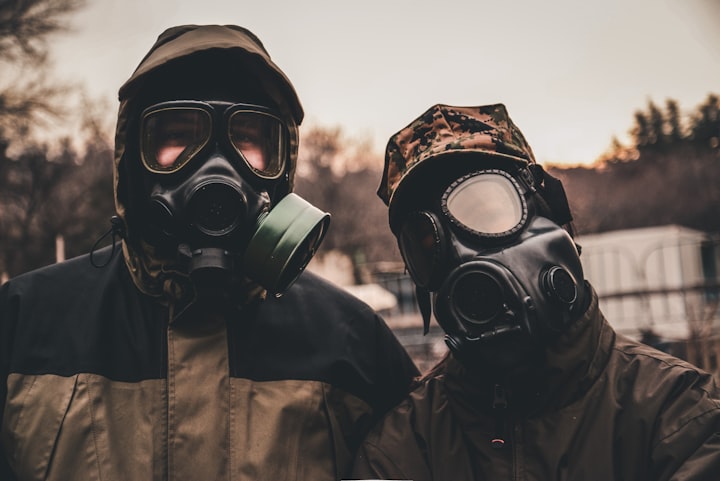The Luminescent Enchanters
The Life of the Lightning Bug

In the enchanting realm of nature's wonders, few creatures captivate our imagination quite like the lightning bug. With its mesmerizing bioluminescence, the lightning bug—also known as firefly—embodies a magical allure that has sparked curiosity and fascination for generations. Join us on a journey into the life of these luminescent enchanters as we unravel the mysteries of their world.
- Secet of Bioluminescence
The magic of the lightning bug lies in its ability to produce light through a process called bioluminescence. This extraordinary phenomenon is the result of a chemical reaction that occurs within the firefly's body. Specialized cells in the firefly's abdomen contain luciferin, a light-emitting compound, and an enzyme called luciferase.
When oxygen combines with luciferin in the presence of luciferase, it triggers the emission of light. The firefly can control this light, creating a blinking pattern unique to each species. This luminescence serves multiple purposes, from attracting mates to warning predators of their toxicity, depending on the firefly's life stage and species.
The Circle of Life: From Larvae to Adulthood
The life of the lightning bug begins as an egg, carefully laid by the adult female in moist soil or decaying vegetation. Once hatched, the larvae emerge and spend their early days as predators, feasting on small insects, worms, and snails. During this stage, the larvae's bioluminescence is often dim or absent, depending on the species.
As the larvae grow, they molt multiple times, shedding their exoskeleton to accommodate their increasing size. This process continues for several weeks or months, depending on environmental conditions and species.
Pupation: The Metamorphic Magic
After completing their final molt, the larvae undergo a magical transformation known as pupation. During this phase, the lightning bug encases itself in a protective cocoon, hidden away from the world as it metamorphoses into its adult form.
Inside the cocoon, wondrous changes occur. The larvae's body rearranges, and its wings and light-producing organs develop. The metamorphosis may take anywhere from a few days to several months, depending on the species and environmental factors.
A Radiant Emergence: The Adult Firefly
Emerging from the cocoon as adults, fireflies reveal their enchanting brilliance. With their fully developed wings and bioluminescence, they embark on a quest to find mates and continue the cycle of life.
Each species of firefly has a unique light signal, used to attract potential mates. Males and females communicate through rhythmic flashes of light, their luminescent language echoing through the night.
The Dance of Courtship: The Firefly's Mating Ritual
Firefly courtship is a magical dance that varies across species. Males emit their characteristic light patterns while flying through the night sky, advertising their availability to females. In response, females respond with specific light patterns, acknowledging their interest.
The courtship ritual is a delicate balance of synchronized luminescence, with each species possessing its own rhythm and pattern. Once a compatible pair finds each other, they come together, and the mating process commences.
The Enigmatic Glow: The Purpose of Bioluminescence
While the firefly's luminescence dazzles and intrigues us, it serves essential purposes in their lives. For most species, bioluminescence is a means of communication, used for finding mates and identifying potential partners of the same species.
In some cases, fireflies use their light to warn predators of their toxicity. Firefly larvae often possess chemicals that make them unpalatable to predators, and their bioluminescence serves as a visual deterrent.
A Short-Lived Radiance: The Firefly's Life Span
As enchanting as their luminescence may be, the life of a firefly is relatively brief. Adult fireflies live for only a few weeks, during which they focus on mating and reproducing to ensure the survival of the next generation.
Once their mating mission is complete, the adult fireflies pass on, leaving their eggs behind to continue the circle of life for future generations.
Fireflies and the Night Symphony
The dazzling display of fireflies' bioluminescence creates a mesmerizing symphony of light and motion during the summer nights. The sight of these luminescent enchanters twinkling in unison has captured the hearts of many, inspiring poets, artists, and dreamers alike.
Firefly populations vary across regions and are influenced by environmental factors such as habitat, temperature, and light pollution. Conservation efforts to protect firefly habitats and reduce light pollution are crucial to ensuring their continued existence and preserving their magical presence in the night sky.
A Testament to Nature's Wonders
The life of the lightning bug is a testament to the wonders of nature's intricate design. From their mesmerizing bioluminescence to their essential roles in the ecosystem, fireflies have earned their place as cherished symbols of beauty





Comments
There are no comments for this story
Be the first to respond and start the conversation.